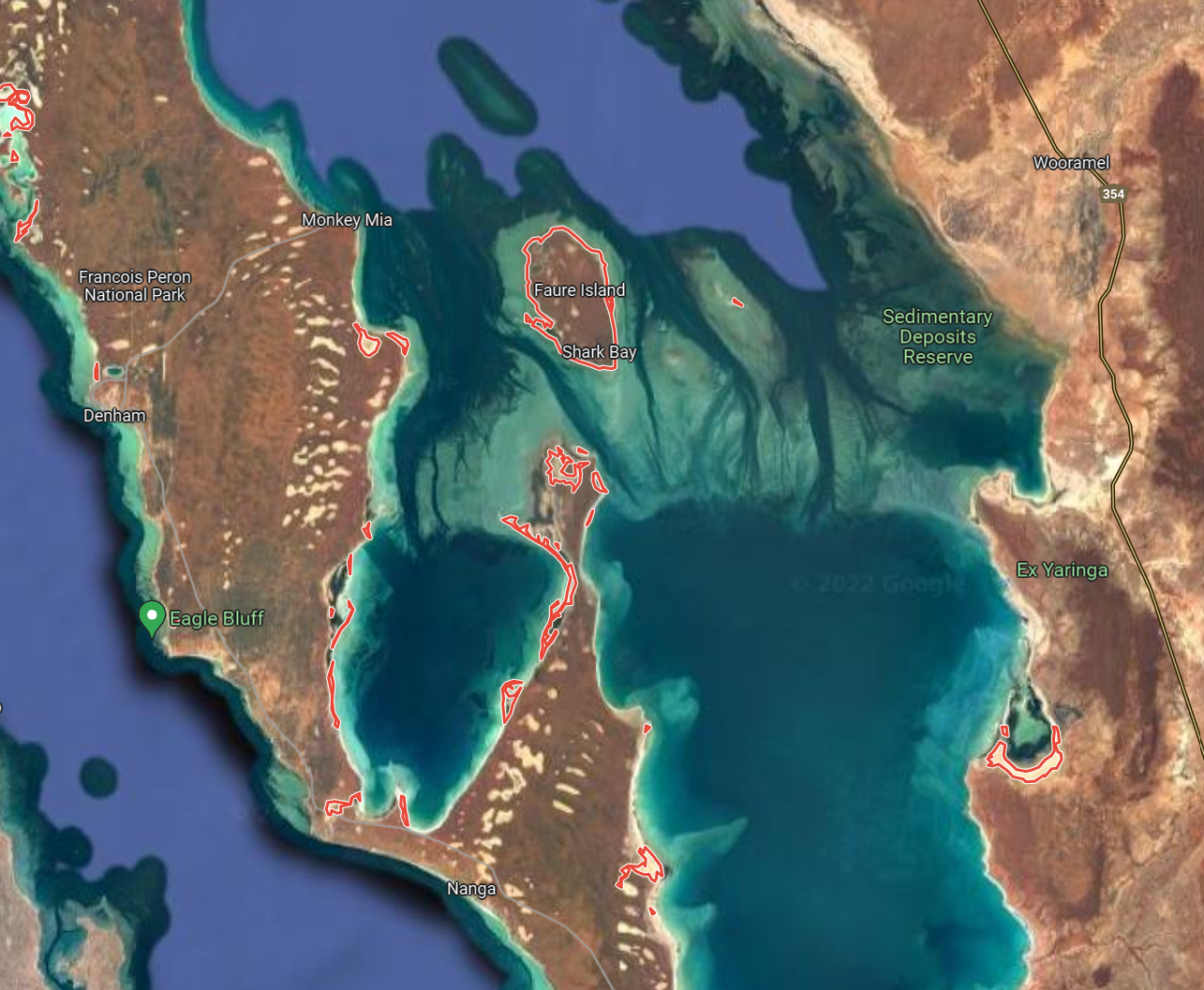Scientists from the University of Western Australia wanted to study a field of sea grass on the ocean floor. They wanted to understand the genetic diversity of this vast spread of sea grass.
Sea grass can reproduce through flowering and seed production. But they can also clone themselves.
When an organism reproduces itself without taking any genetic material from any other organism, that is called cloning.
In this case, scientists took samples of the plants from many parts of this 180-200 sq. km expanse of sea grass. (Image Credit: Original authors of the study and the Journal – Proceedings of the Royal Society)

When they analysed the genetic code of the samples, they found that the genetic code matched exactly! This means that the entire expanse was a single organism – One Plant!
The plant is expected to be about 4,500 years old. The scientists guessed this number from knowing how much sea grass can grow each year, and then seeing how large the current organism is. But some records mention that the plant has suffered some damage in recent years, so this dating is only an educated guess.
The University shared the research findings in a brief video on their Twitter:
Our researchers have discovered the world's largest plant in our very own Shark Bay. The seagrass is dated to be 4,500 years old, stretching across 180km
— UWA (@uwanews) June 1, 2022#UWA pic.twitter.com/EgQu8ETBSF
You can also read the research report published by the Journal here.



